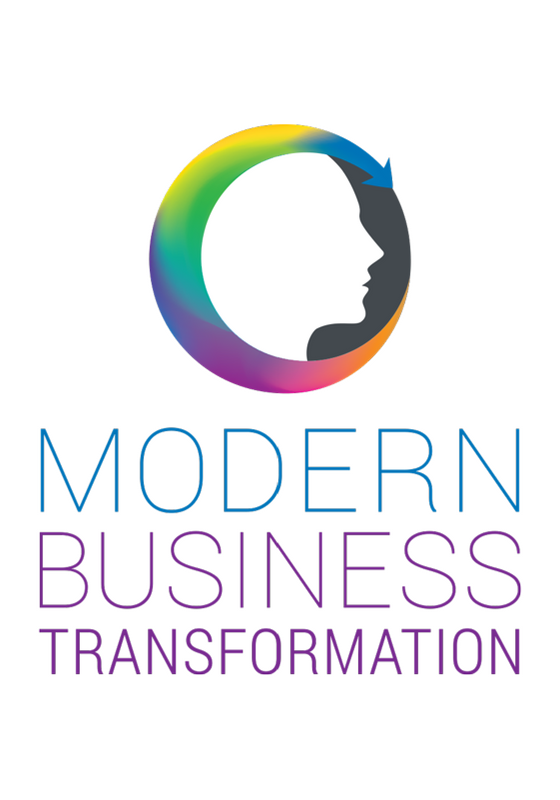Disruption and Innovation… Le mots du jour.
The French and Japanese high-speed rail systems showcase “disruptive innovation” as coined by Clayton Christensen back in 1995. It’s a new product or service targeting a small market segment, eventually growing to dominance as the product or service improves over time – in this case, domestic airline markets dramatically shrank. As Christiansen notes, “because these lower tiers of the market offer lower gross margins, they are unattractive to other firms moving upward in the market, creating space at the bottom of the market for new disruptive competitors to emerge”.
We generally talk about “disruption” in its broader sense, to mean “the stuff that side-swiped our business” because we didn’t see it coming, we didn’t know what to do about it or we took too long to react.
A mature Innovation Management strategy covers not only Incremental Improvements, which support the creation of space at the bottom of the market, but also Continuous Innovation and their larger sibling, Business Transformation.
Innovation Management is not simply the latest buzzword for Brainstorming nor is it the “Department of Good Ideas”. It’s about utilising the natural creative processes of the human brain to produce new thoughts across a defined spectrum. It’s about cross-pollinating those thoughts with existing and future needs. It’s about using experimentation to validate and position the idea. It’s about funding and delivering a minimal product or service. It’s about facilitating the flow from thought-to-reality and breaking down barriers along the way. And it’s about deciding what to do when an idea has the potential to undermine your entire industry. And repeating this process continuously.
One of the key capabilities enabling the maturity of your Innovation Strategy is your Organisational Agility; the speed with which you can incorporate change in your organisation relative to the speed of newcomers. And unburdened by existing structures the newcomers are fast! An organisation’s agility is deeply embedded within the organisation’s culture, its people, its practices, its business and technology architecture, its strategies… It takes time and effort to uplift those capabilities across the entire organisation both vertical and horizontally. This is Business Process Improvement targeting the business itself, it’s Management and Support processes rather than its Core business.
Related Posts

Innovation-as-Usual
“Nobody gets excited if you elaborate on what’s broken…” Professor Michael Rosemann joins us on the Procensol and MBT booth at BiiG 2017 to discuss…
Read More
Culture and leadership for continuous innovation
evidence suggests that traditional approaches to developing a culture of innovation are not sustainable as they do not address key inhibitors such as operational systems and processes that cannot support continuous change. To establish a culture of innovation, organisations need to: secure executive approval and leadership; engage their employees; and optimise and align their internal business operations by exploring technological advancements.
Read More

